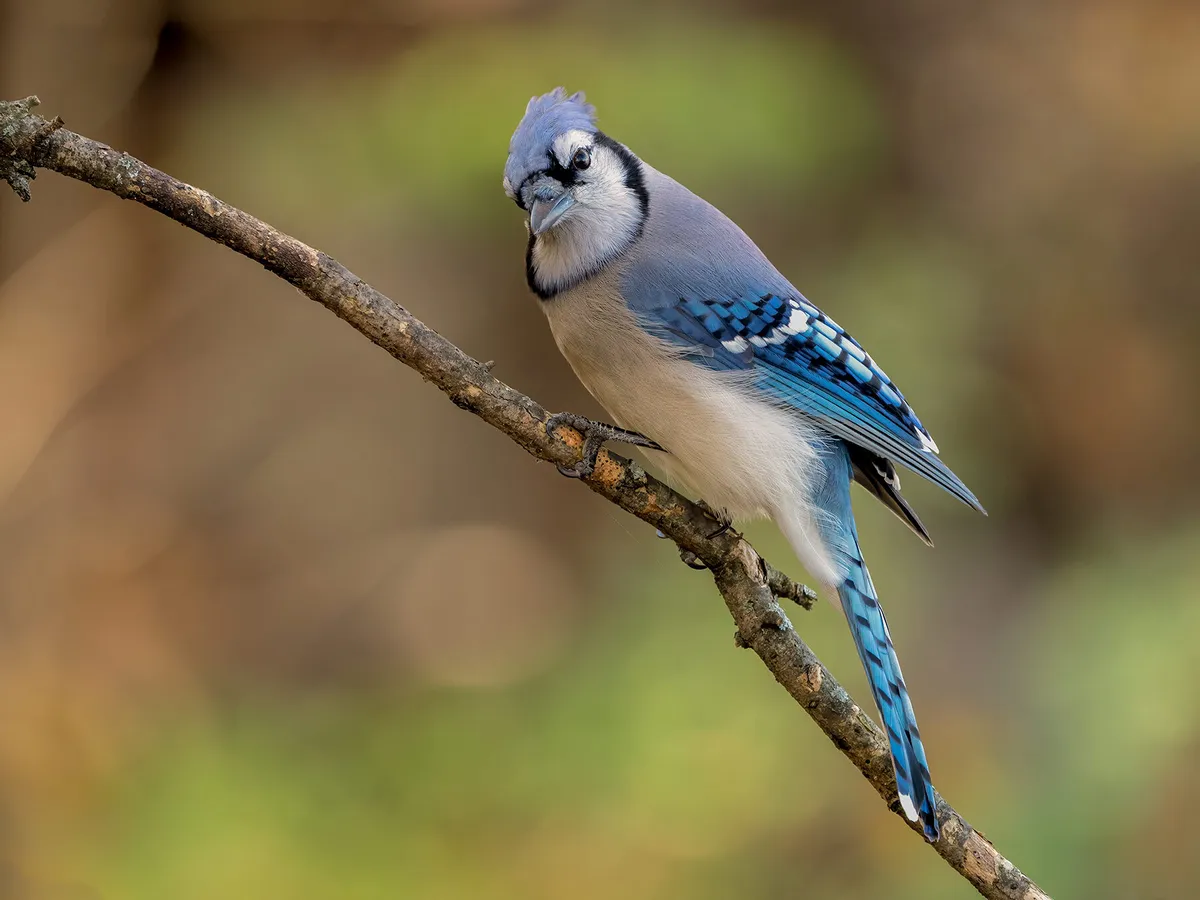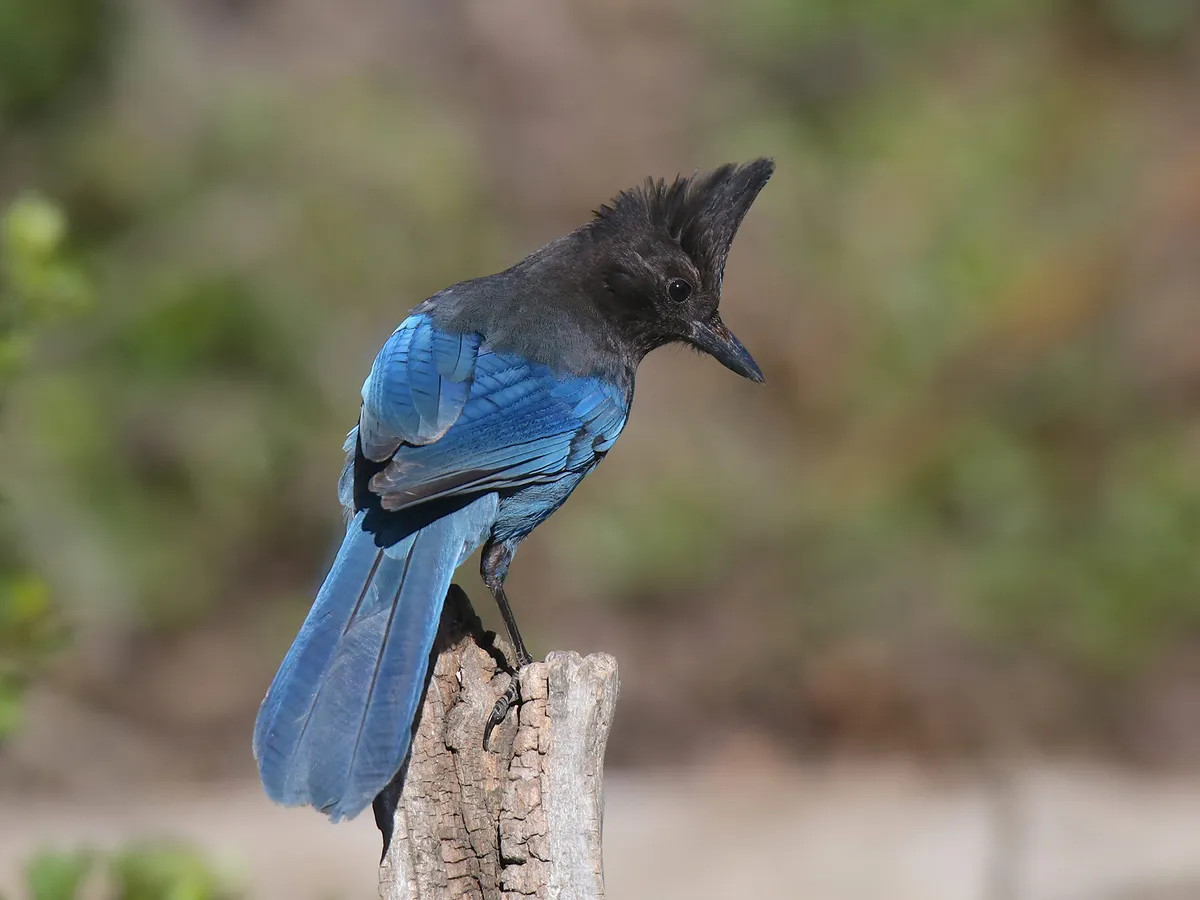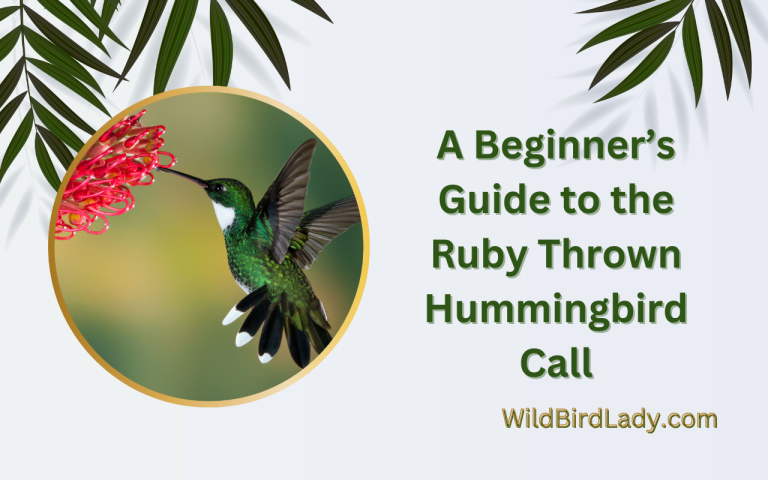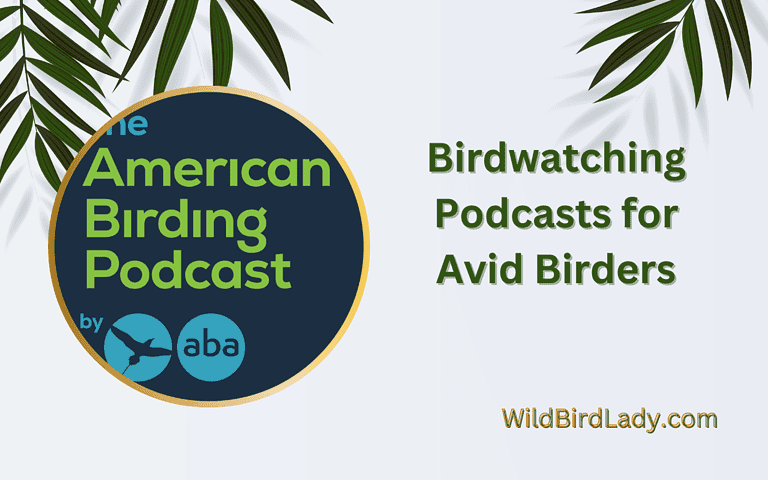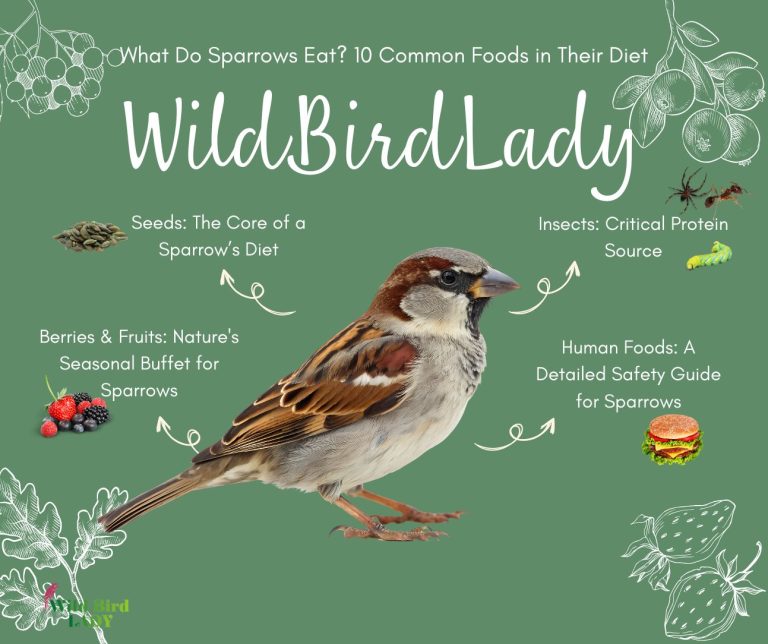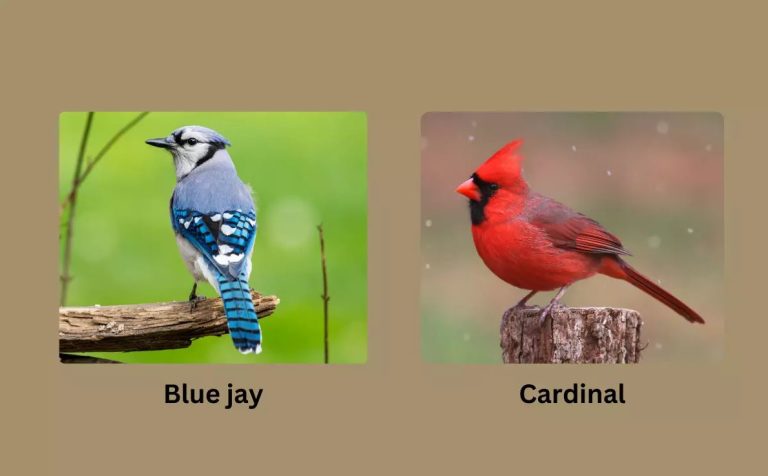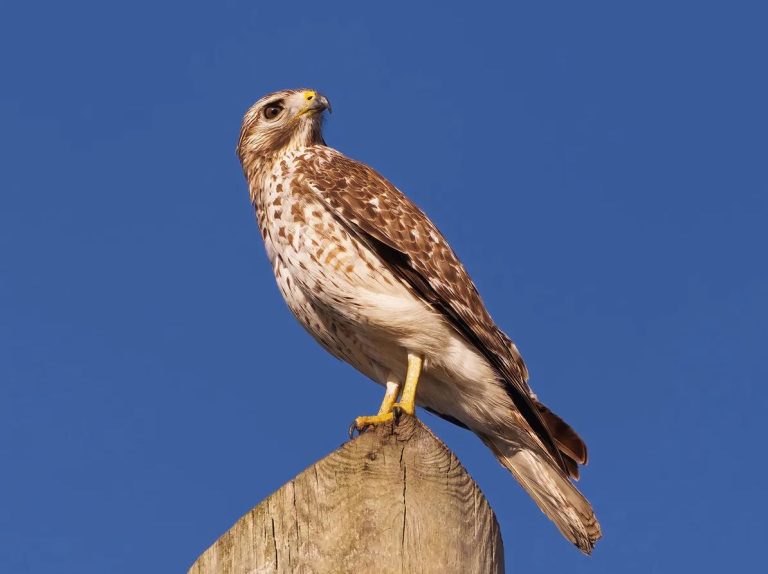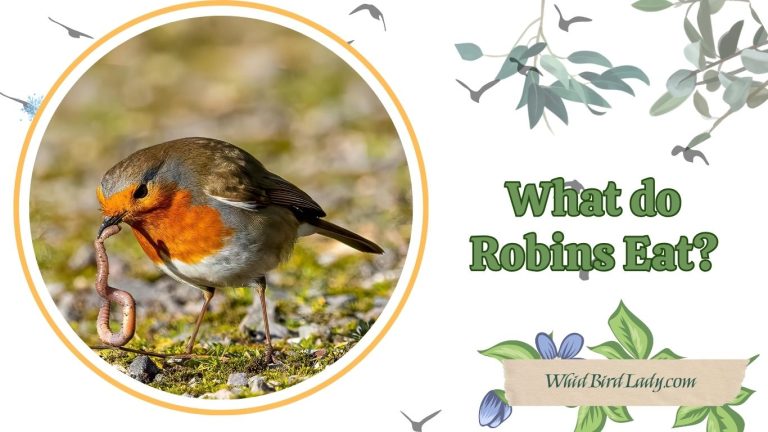What to Feed Blue Jays: The Ultimate Guide
What to Feed Blue Jays: My Story After 13 Years of Birdwatching
I still remember the first time a blue jay landed in my backyard. That flash of vibrant blue, the sharp eyes, and the loud call—it was impossible to ignore. After more than 13 years of birding, I’ve come to know these intelligent, curious birds well, especially when it comes to what they like to eat.
Blue jays aren’t picky eaters. In fact, they’re omnivores, which means their diet is impressively varied. Over the years, I’ve watched them feast on peanuts (their absolute favorite), crack open sunflower seeds with remarkable precision, and pick at suet blocks during the colder months. I’ve even seen them chase off squirrels for a mouthful of mealworms!
If you’re looking to attract blue jays to your own yard, start with peanuts—preferably in the shell. They love the challenge, and it keeps them coming back. Sunflower seeds are another go-to. I’ve had to refill feeders more times than I can count thanks to their endless appetite. In the winter, suet becomes a lifesaver, providing the high-fat content they need to stay warm. And if you’re feeling adventurous, live mealworms can be a big hit—just make sure they’re fresh.
Feeding blue jays isn’t just about tossing food in a feeder. It’s about creating a space that welcomes them, respects their habits, and brings a little more life to your yard. Trust me—once you earn a blue jay’s trust, you’ll never see your backyard the same way again.
Credit: birdfact.com
Understanding Blue Jays’ Diet And Feeding Habits
Blue jays are considered the most vibrant birds in north america. These omnivorous birds have a distinctive appearance and a unique way of communicating. However, unlike some bird species, feeding blue jays requires a particular approach. This blog post explores understanding blue jays’ diet and feeding habits, particularly their feeding preferences and the difference in feeding habits between wild and domesticated blue jays.
Blue Jay Natural Habitat And Feeding Preferences
Blue jays prefer to inhabit various north american regions with multiple trees, especially oak trees. They feed on nuts, insects, fruits, and seeds, and this diversity of food is fundamental to their wellbeing.
Blue jays’ natural habitats include woodlands, forests, and residential areas with a lot of trees, providing a conducive environment for them to hide and protect themselves from potential predators. Their feeding preferences vary depending on the season and their natural feeding habitat.
A Typical Diet Of Blue Jays
Blue jays have a diverse diet; they will feed on anything and everything as long as it’s nutritious. Examples of their preferred diet include:
- Nuts, particularly acorns and beech nuts.
- Insects like grasshoppers, caterpillars, and beetles.
- Fruits like grapes, apples, and cherries.
- Seeds like sunflower seeds and safflower seeds.
The blue jays also love mealworms, corn, and suet, especially in the winter season.
How Feeding Wild Blue Jays Is Different From Feeding Domestic Birds
The feeding habit of wild blue jays is different from that of domestic birds. The following are the key differences:
- Domestic birds have a consistent feeding time, while wild birds eat whenever they are hungry.
- Wild birds tend to be more cautious when approaching food and might take time to trust the person who feeds them. Conversely, domestic birds are used to human interaction.
- Wild birds are naturally foragers, and they are better off eating a diverse range of food. However, domestic birds prefer to feed on processed bird food.
Understanding blue jays’ natural habitat and feeding preferences, a typical diet of a blue jay, and how feeding wild blue jays is different from feeding domestic birds is fundamental to blue jay’s feeding behavior. As always, remember to put out fresh, clean water alongside the food for these feathered friends.
Foods To Offer Blue Jays
Blue jays are one of the most colorful birds that visit the backyard. In the united states, they’re seen as the symbol of happiness, good health, and renewal. These feathery creatures are strong and can survive in any habitat, from deserts to mountains.
If you’re planning to attract them to your backyard, then providing a variety of food is essential. In this blog post, we’ll cover the foods that blue jays love and will give you some ideas to make your backyard a bird-lover’s paradise.
Nuts And Seeds That Blue Jays Love
Offering a variety of nuts and seeds is a great way to attract blue jays to your backyard. Blue jays find nuts highly nutritious and a great source of protein. Here are some nuts and seeds that blue jays love:
- Peanuts: Blue jays are big fans of whole, unsalted peanuts, and peanut hearts.
- Sunflower seeds: These seeds are popular among blue jays, especially black oil sunflower seeds.
- Safflower seeds: These white, bitter-tasting seeds might not be popular among other backyard birds, but blue jays love them.
- Pecans: Whole unsalted pecans are great to offer blue jays, but make sure to crack them open first.
Fruits And Berries That Attract Blue Jays
Blue jays are not picky eaters, and they love to eat various fruits and berries. Here are a few that will attract them to your backyard:
- Apples: Cut apples into small pieces and leave them out in the open. Blue jays will find them irresistible.
- Blueberries: Blue jays will eat both fresh and dried blueberries. Offer them in a tray or bowl in an open area for easy visibility.
- Grapes: Offer both green and red grapes, cut them in half, and place them in the open area. Blue jays will come to visit.
- Raisins: Dried raisins are another favorite fruit that blue jays can enjoy.
Insects And Protein-Rich Food For Blue Jays
Insects are part of blue jays’ natural diet. Here are some protein-rich foods and insects that they will love:
- Mealworms: These insects are a great source of protein and a favorite among blue jays.
- Boiled eggs: Hard-boil eggs, chop them into small pieces, and leave them out. Blue jays will come to feast.
- Suet: Suet is a favorite food of many birds, including blue jays. Offer suet in mesh or wire feeders.
- Pupae: Offering pupae in the morning is an excellent way to attract blue jays. Check local bird stores for pupae.
Homemade Birdfeed Recipes Loved By Blue Jays
Making homemade birdfeed for blue jays is an excellent way to attract them to your backyard. Here are two bird feed recipes that blue jays will love:
Recipe 1: Blue Jay Deluxe
Ingredients:
- 1 cup peanut butter
- 1 cup cornmeal
- 1 cup flour
- 1 cup sunflower seeds
- ½ cup sugar
- 1 cup chopped apples
Instructions:
- Preheat oven to 350°f.
- Mix all dry ingredients in a bowl until well combined.
- Add peanut butter and chopped apples to the mix.
- Mix everything thoroughly until well combined.
- Make small balls and place them onto a baking sheet lined with parchment paper.
- Bake for 15 minutes or until golden brown.
- Place them outside in your backyard and watch the blue jays come to feast.
Recipe 2: Blue Jay Nutty Delight
Ingredients:
- 2 cups sunflower seeds
- 1 cup black oil sunflower seeds
- 1 cup safflower seeds
- 1 cup peanut butter
- ½ cup chopped peanuts
Instructions:
- Mix all the ingredients in a large mixing bowl.
- Mix everything thoroughly until well combined.
- Distribute the bird feed to a couple of different bird feeders.
- Place them in your backyard and observe blue jays enjoying your homemade delicacy.
Keeping blue jays happy and well-fed requires a little bit of effort, but it’s worth it. Feed with a variety of food, set them out in the open, and create homemade birdfeed with love. With a little patience, you will soon have these beautiful birds coming to visit your backyard, brightening up your day.
Avoiding Dangerous Foods
Blue jays are a beautiful and charismatic bird species frequently seen in north america. If you enjoy watching these gorgeous birds in your backyard, it’s important to know what to feed them and what to avoid. In this blog post segment, we will discuss the harmful and toxic foods to avoid feeding blue jays in detail, ensuring you keep them healthy and happy.
Toxic And Harmful Food For Blue Jays
Some foods that are safe for humans can be toxic to blue jays. These include:
- Avocado
- Chocolate
- Alcohol
Foods To Avoid And Potential Hazards
Foods that can be harmful, or even fatal, to blue jays include:
- Salty foods such as chips and crackers
- Processed foods like fast food and bread
- Mouldy or stale foods
Eating contaminated or unhealthy food can affect a blue jay’s ability to fly, reproduce, and even survive. It’s essential to make sure that the food you are feeding them is fresh and safe.
The Impact Of Feeding Harmful Food To Blue Jays On Their Health And Habitat
Feeding blue jays harmful or toxic food can significantly impact their health and natural habitats. Some of the consequences of feeding them the wrong food include:
- Death
- Getting sick with illnesses such as obesity, malnutrition, and liver damage
- Environmental degradation
By feeding blue jays the right kind of food, you not only help them sustain a healthy life but also take care of the ecosystem they thrive in.
While feeding blue jays, you should be aware of the toxic, harmful, and unhealthy foods to avoid. Make sure to only offer them fresh and healthy choices, keeping them strong, well-nourished, and confident in their natural habitat.
Different Ways To Feed Jays
Blue jays are gorgeous birds that can be found in many gardens across north america. Nonetheless, many homeowners don’t know the most efficient approach to feed them. With the right food, you can easily attract blue jays to your garden.
In this post, we will discuss the different ways to feed blue jays. Let’s dive into it.
Using Different Bird Feeders For Blue Jays
Bird feeders are a common way to feed blue jays. You will need to choose the right bird feeder to attract these birds. As omnivores, blue jays enjoy seeds, nuts, and fruits. Here are some types of bird feeders you can use to feed blue jays:
- Platform feeders: These are wide, flat feeders that rest on the ground or hang from a tree. Platform feeders attract many birds simultaneously, including blue jays. Fill the feeder with nuts, fruits and seeds.
- Tube feeders: These feeders have small ports that dispense the food. Fill the tube with sunflower seeds and peanuts and hang it from a sturdy tree branch.
- Hopper feeders: These feeders work by gravity, and you don’t need to refill them as often as tube feeders. Hopper feeders are ideal for black oil sunflower seeds, peanuts, and suet.
Feeding Blue Jays Without Bird Feeders
In case you don’t want to purchase a bird feeder, or your flowers and plants attract more birds, there are still ways to feed blue jays. Here are the alternatives:
- Scatter the food on the ground. Blue jays love to eat from the ground. Drop some peanuts, sunflower seeds, corn, and cracked corn in your garden.
- Hang the food on trees. Tie the food to the trees, branches, or other surfaces. Put peanut butter in a pinecone, and hang it on a branch with a string.
To conclude, feeding blue jays is a pleasant and enjoyable experience. Follow these tips to attract blue jays to your garden, and you will soon have a plethora of these stunning birds turning up every day.
Frequently Asked Questions On What To Feed Blue Jays
What Should I Feed Blue Jays?
Blue jays are omnivorous birds known for eating nuts, fruits, seeds, insects, and small animals like snails, worms, and frogs. You can feed them with black sunflower seeds, peanuts, corn, mealworms, and suet, and avoid offerings high in salt and sugar.
Is It Okay To Feed Blue Jays Bread?
It is not recommended to feed blue jays with bread because it lacks nutritional value, and it can cause bloating and indigestion. Instead, offer them a variety of nutrient-rich foods to keep them healthy and happy.
What Are The Benefits Of Feeding Blue Jays?
Feeding blue jays provides a great opportunity to observe them and learn about their behaviors. Furthermore, offering them food ensures that they will visit your backyard frequently, helping you control garden pests and maintain a healthy ecosystem.
How Can I Attract Blue Jays To My Backyard?
To attract blue jays to your backyard, you can provide them with a reliable food source, water, and shelter. You can also install a bird feeder that has enough perching space and is placed near trees or shrubs where they can rest and hide.
Should I Feed Blue Jays All Year Round?
You can feed blue jays throughout the year. However, it is essential to provide different foods depending on the season. During winter, offer them high-energy foods like nuts and suet to help them survive the cold. In summer, provide fruits, insects, and other foods that are abundant and appropriate for their diet.
Is It Safe To Hand-Feed Blue Jays?
It is not recommended to hand-feed blue jays or any wild birds because it can habituate them to humans and make them vulnerable to predators and other dangers. Additionally, they have sharp beaks and can accidentally injure you.
Conclusion
Feeding blue jays can be a fun and rewarding experience for both bird lovers and those just starting out. It’s important to offer a variety of nutritious foods, such as nuts, fruits, and insects, to ensure the health and vitality of these beautiful birds.
With simple preparations, such as providing an adequate feeder and offering water, you can attract blue jays to your garden and enjoy their company throughout the year. By incorporating these easy-to-follow guidelines, you can provide a hospitable environment for these stunning creatures, whether it’s in your backyard or at a nearby park.
Remember to be patient and persistent, as feeding blue jays is a long-term commitment that requires dedication and care. With proper attention, your backyard can soon become a haven that blue jays love to call home!

